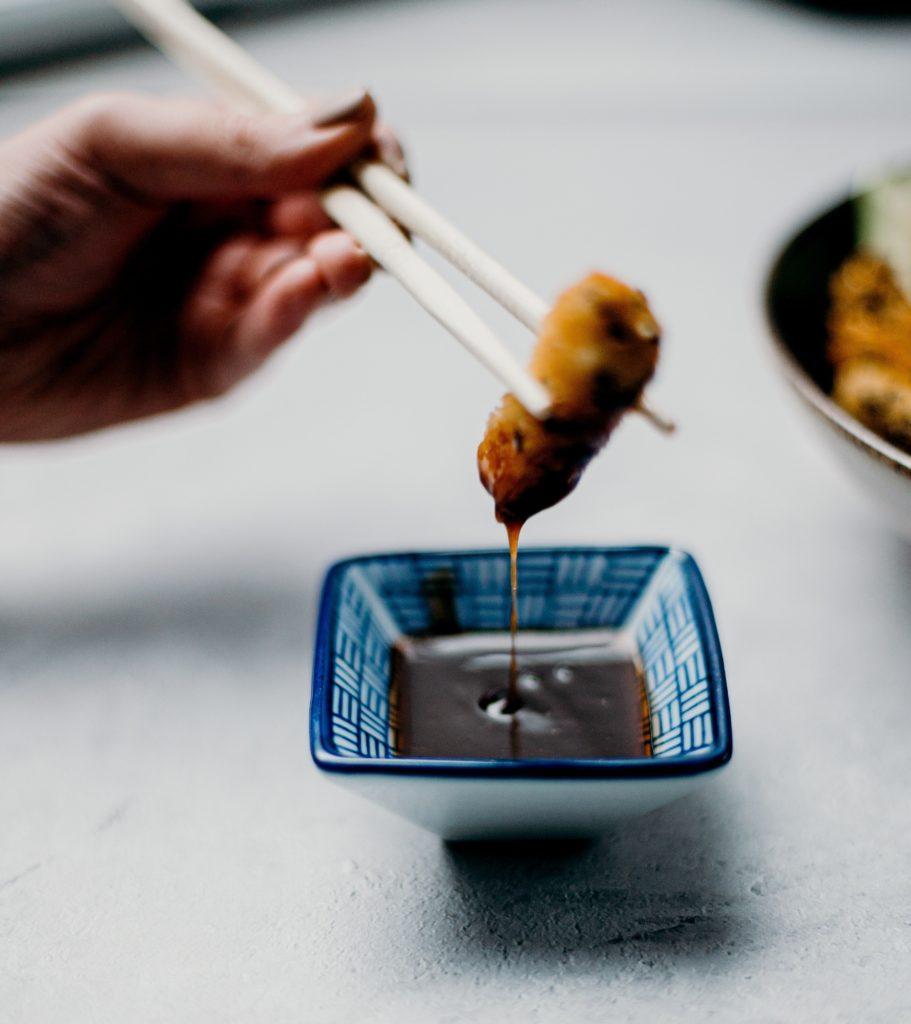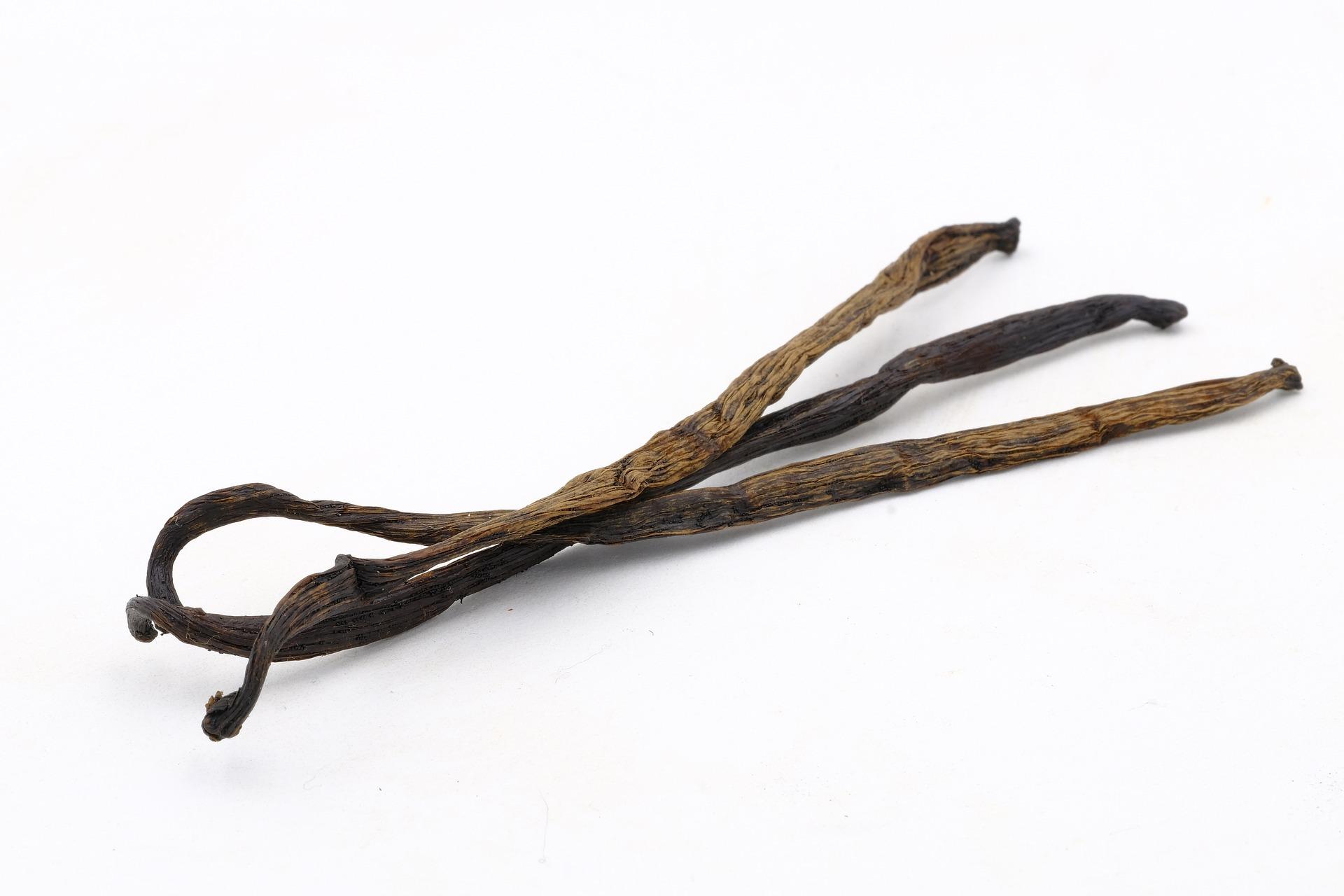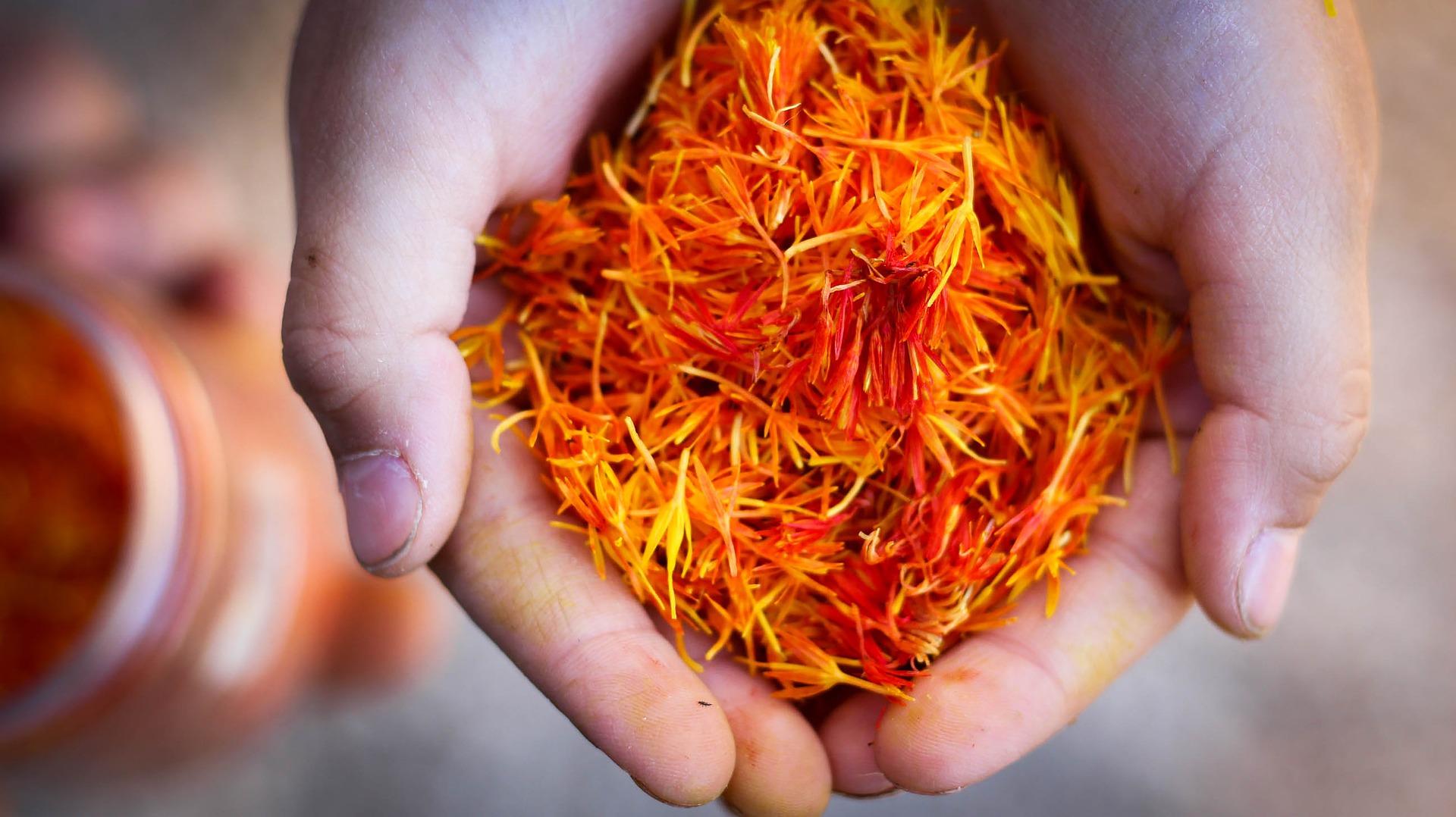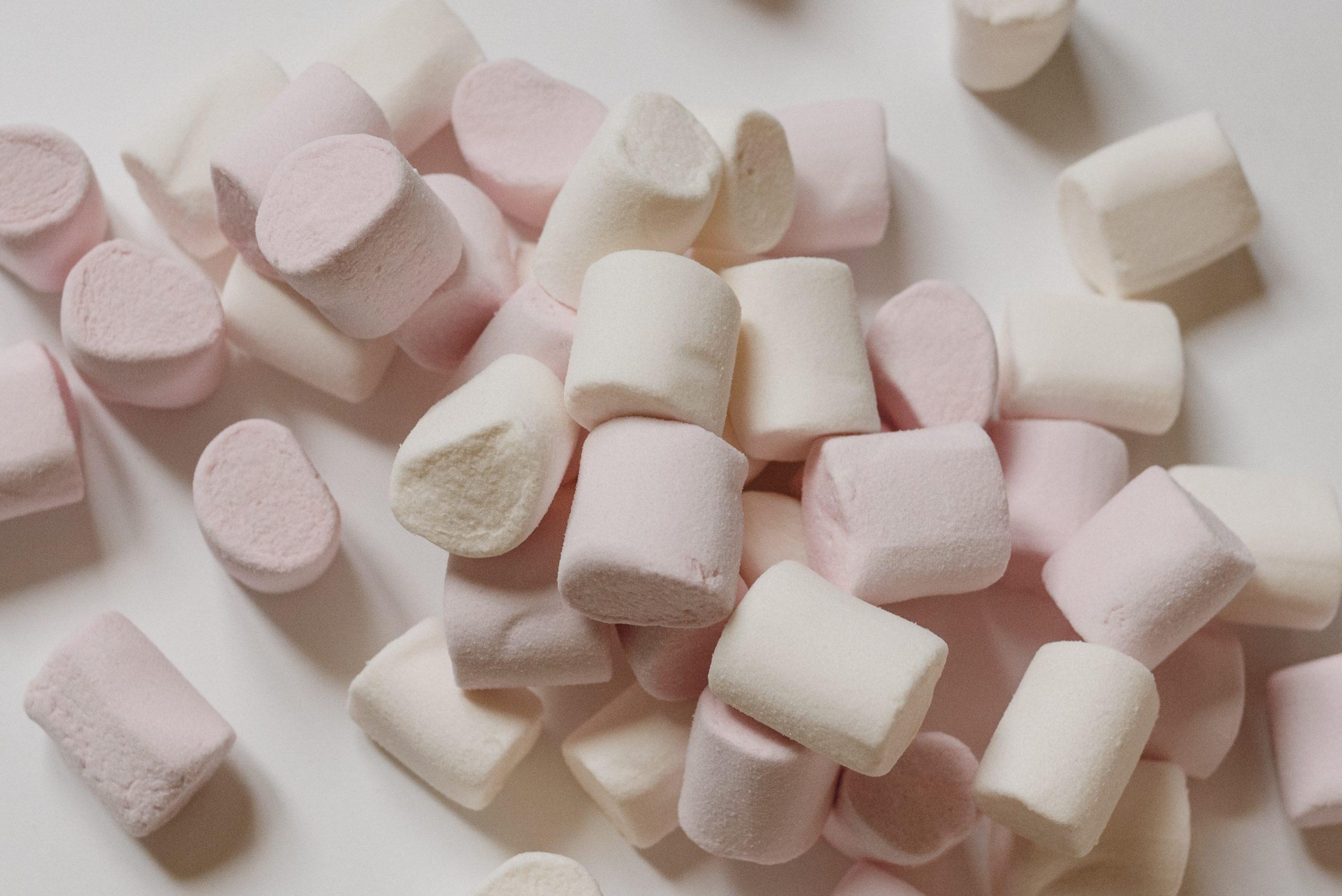
Soy sauce is a popular condiment in East and South East Asia. Its caramel color, and umami taste make many Asian food enjoyable. It is believed to be the most famous and widely accepted fermented soy product. Part of the reason for this is the efforts made by Kikkoman Corporation, a Japanese company that helped make soy sauce widely available worldwide.
You might also like: What Is Disodium Inosinate (E631)?
Soy sauce is made by fermenting cooked soybeans in salt or brine under controlled conditions. The process involves two phases: Koji manufacturing and moromi fermentation. Koji is a solid-state fermentation process that uses filamentous fungi to process steamed whole or defatted soybeans and wheat flour.
The main microbe involved in soy sauce fermentation is Aspergillus oryzae. Fermentation hydrolyzes the soy proteins and starches into smaller flavoring components. The umami taste in soy sauce is due largely to the presence amino acids aspartic acid and glutamine. The amino acids alanine, glycine, serine, and tyrosine contribute to the sweetness. After fermentation, pressing the fermented mixture extracts the liquid soy sauce ready for packaging.
There are several varieties of soy sauce. This depends on the fermentation and extraction process, the ratio of the main ingredients (soy bean and wheat), and the flavoring ingredients (such as caramel). However, each type goes through similar manufacturing procedure.
The most common variety of soy sauce is thin soy sauce or light soy sauce. This is what most people are very familiar with. It if is often served in restaurants, eaten with rice, sashimi, or added in certain dishes. You can treat light soy sauce as the “basic” or “regular” soy sauce. Most often, this is what a Chinese recipe refers to when it calls for soy sauce.
What Is Dark Soy Sauce?
Another variety of soy sauce is dark soy sauce.
Like the name suggests, dark soy sauce is darker than light soy sauce. The duration of the fermentation is partly responsible for this.
As earlier mentioned, microbe (Aspergillus) is involved in fermentation. It breaks down protein fragments and starches into simple sugars and proteins into free amino acid. This is an amino-glycosidic reaction that gives soy sauce its color. The longer the fermentation, the darker the soy sauce. Soy sauce fermentation usually takes 6 months to complete. However, dark soy sauce is aged or fermented for longer.
You might also like: Lactic Acid Fermentation: An Overview
Another reason for this is the addition of color, usually caramel or molasses, both of which adds sweetness and thickness. This is why dark soy sauce is also sweeter, thicker, and more viscous than light soy sauce.
The main difference between light soy sauce and dark soy sauce is the way they are used. Light soy sauce is commonly used as a dip or condiment, whereas dark soy sauce is often added to dishes for color and flavor. Think of this as a glaze or marinade. However, there are instances that light soy sauce is best added to certain dishes such as fried noodles and fried rice.
Dark soy sauce is common in markets and in households in Asia. In the United States, light soy sauce is most common. But you can also find dark soy sauce in the Asian food section in supermarkets.


